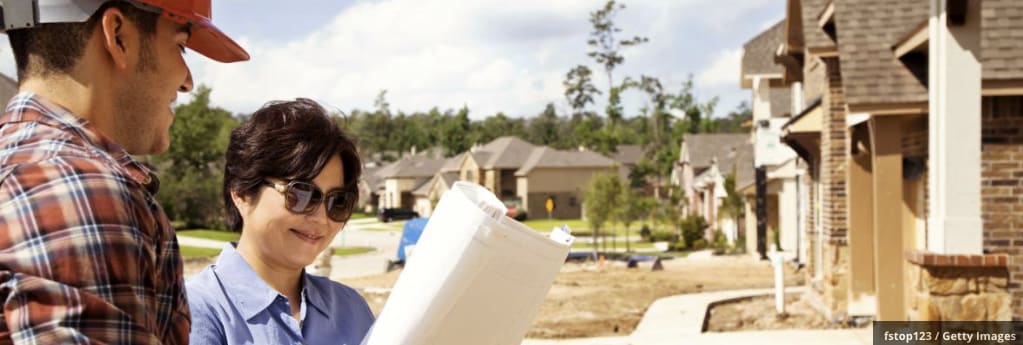Can Affordable Housing Keep Up Florida’s Growth?


As the Sunshine State continues to bask in the glow of its booming real estate market, a darker shadow looms over its growth trajectory: affordable housing. With an influx of over 450,000 newcomers in 2021 and 2022 alone, Florida's housing landscape is struggling to keep pace with demand, according to a recent report from the University of Florida's Shimberg Center for Housing Studies.
Anne Ray, manager of the Florida Housing Data Clearinghouse at UF, notes that while single-family homebuilding has flourished, particularly in regions like Polk, Lee, Pasco, and Hillsborough counties, the issue of affordable housing persists. Multifamily developments have also surged, primarily in major metro areas such as Orlando, Tampa, Miami/Fort Lauderdale, and Jacksonville.
In response to this pressing need, Florida enacted the Live Local Act in 2023, allocating a substantial $711 million towards affordable housing programs and incentivizing developer investment. However, despite these efforts, the gap between supply and demand remains palpable.
Ray emphasizes the necessity of ramping up efforts to bolster the supply of affordable housing units and provide assistance to homeowners and renters alike. This need is particularly acute for low-wage earners and seniors living on fixed incomes, but even professionals are feeling the pinch as housing costs outstrip income growth.
Let's delve into some key takeaways from the report:
Single-Family Homes Dominate: Florida boasts 5.7 million single-family homes, comprising the largest share of the housing supply. The majority of these homes (71%) are primary residences rather than secondary properties or rental units.
Moderate Production Levels: While the state churned out approximately 125,000 single-family homes in 2022—comparable to levels seen in the early 2000s—it falls short of the peak years preceding the 2008 housing crash.
Regional Hotspots: Polk County emerges as a construction hotspot, with 9,235 single-family homes erected. Notably, only two of the top ten counties for single-family construction—Hillsborough and Duval—are large urban areas.
Escalating Home Prices and Rents: Florida's housing markets have regained their mid-2000s strength, with the statewide median single-family home price soaring to $400,000 in the first half of 2023. Rental prices have also skyrocketed, witnessing a steep 41% increase between July 2020 and July 2022.
Rising Cost Burdens: Alarmingly, there are now 862,465 low-income, cost-burdened renters in Florida—those spending more than 40% of their income on housing. The bulk of these households (60%) are concentrated in the state's seven largest counties.
As Florida grapples with the dual challenges of rapid population growth and housing affordability, policymakers, developers, and community stakeholders must collaborate to devise innovative solutions. From streamlining regulatory processes to expanding affordable housing initiatives, concerted action is needed to ensure that all Floridians can afford a place to call home amidst the state's continued expansion.
In the face of such formidable obstacles, one thing remains clear: affordable housing isn't just a challenge—it's a prerequisite for sustainable growth and equitable prosperity in the Sunshine State.
Stay up to date on the latest real estate trends.

April 18, 2024

April 4, 2024

March 21, 2024

March 15, 2024

March 7, 2024

December 12, 2023
You’ve got questions and we can’t wait to answer them.